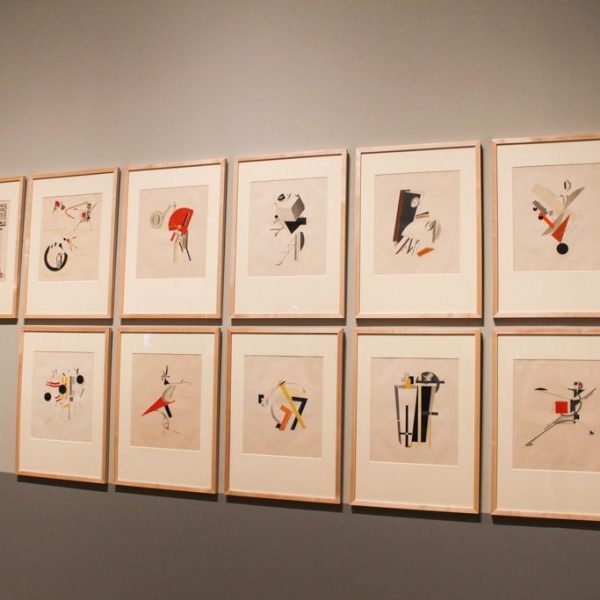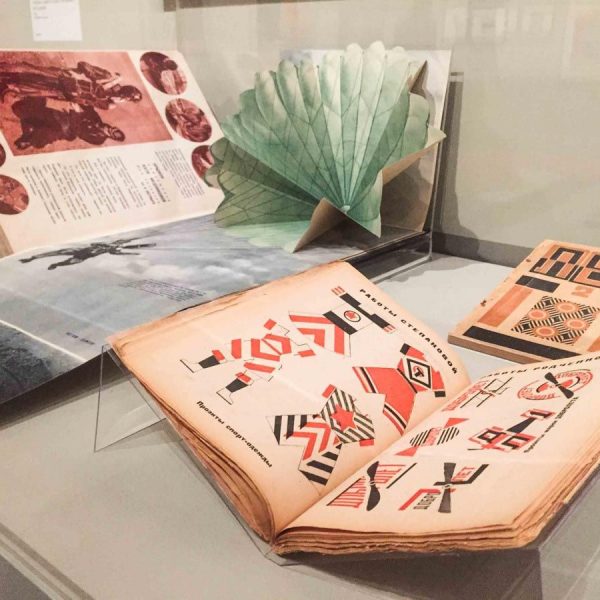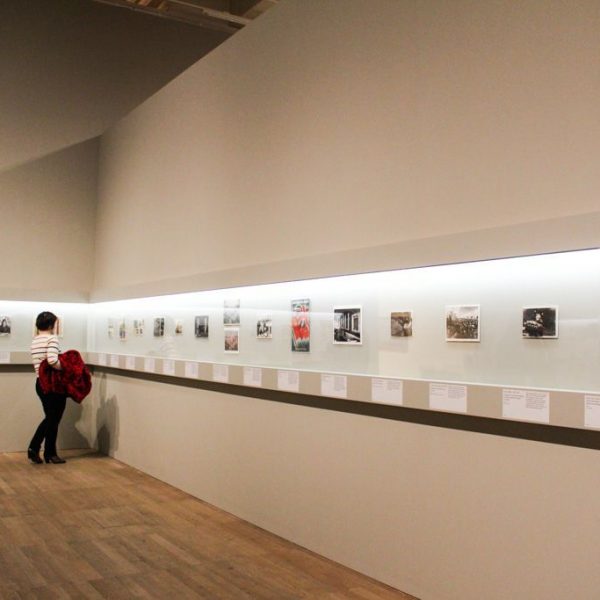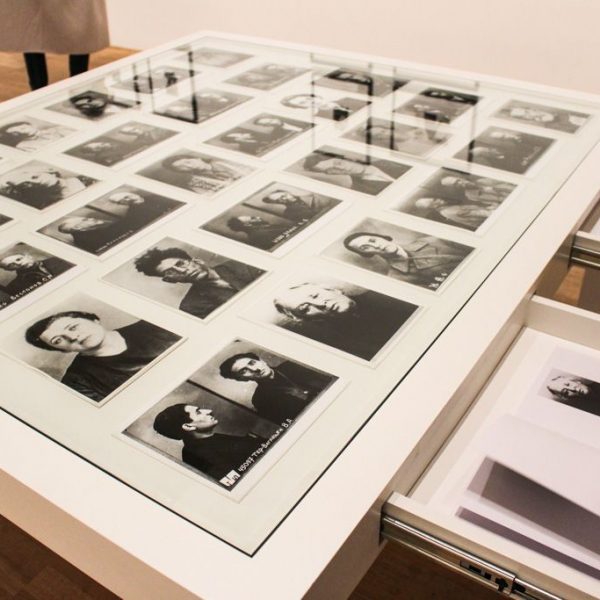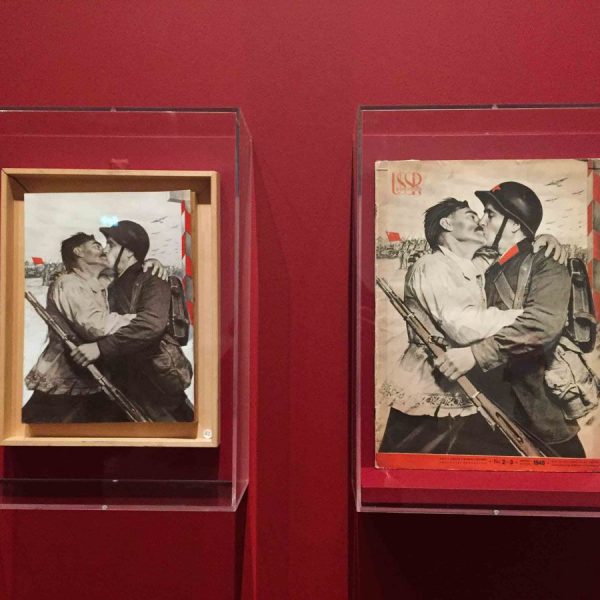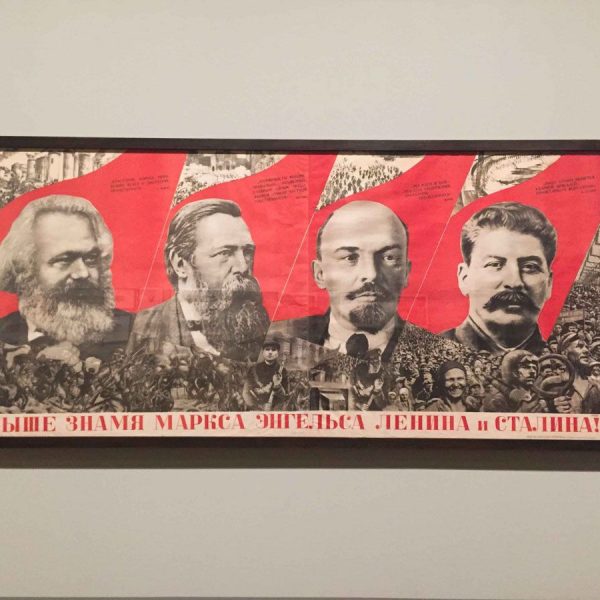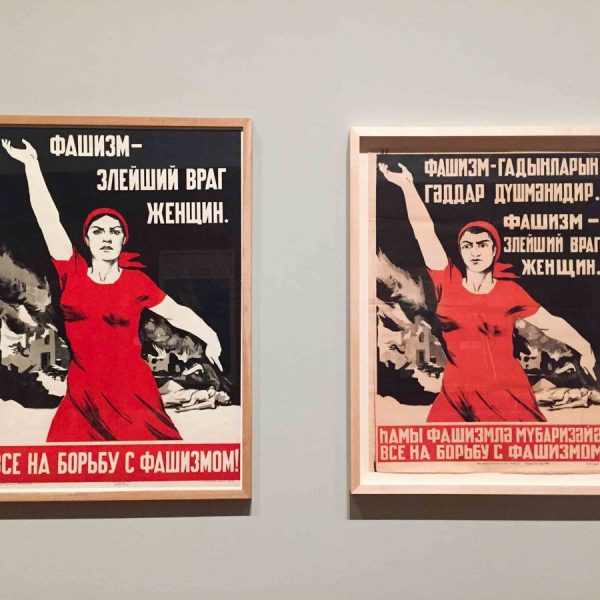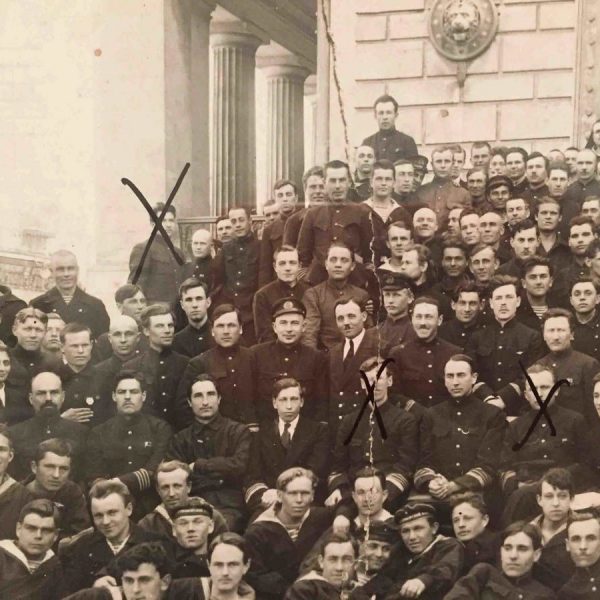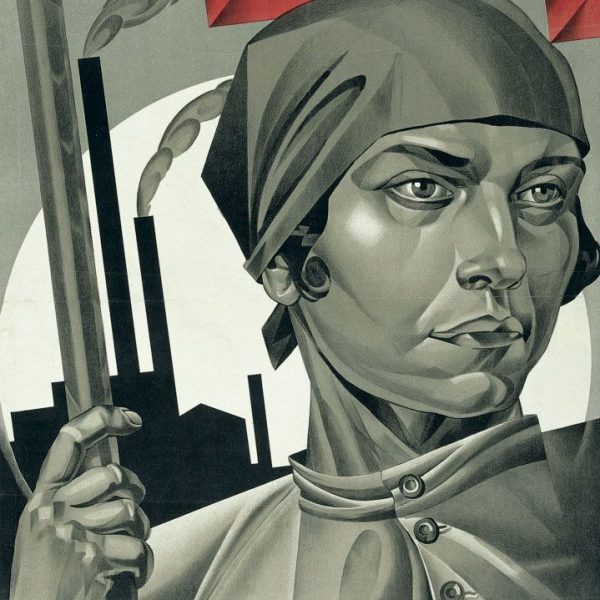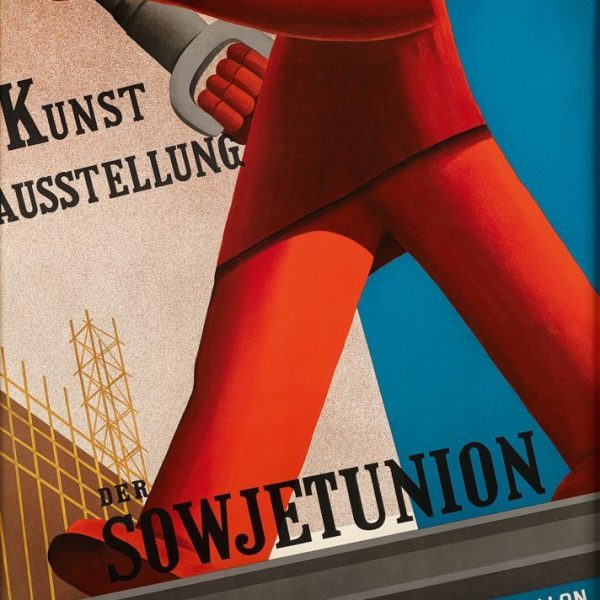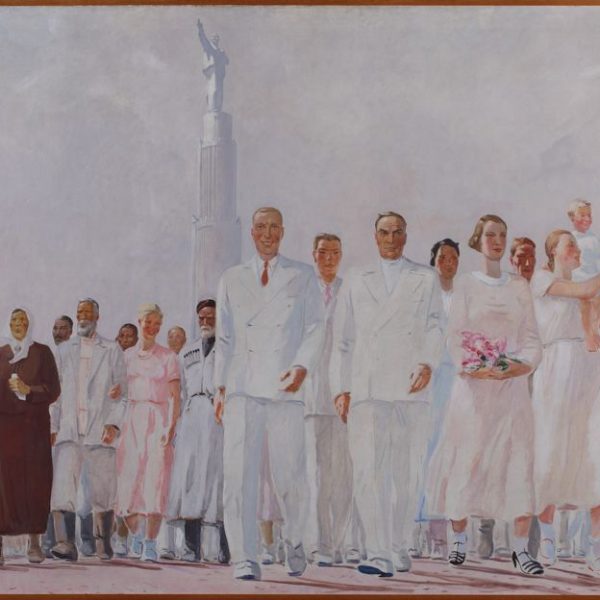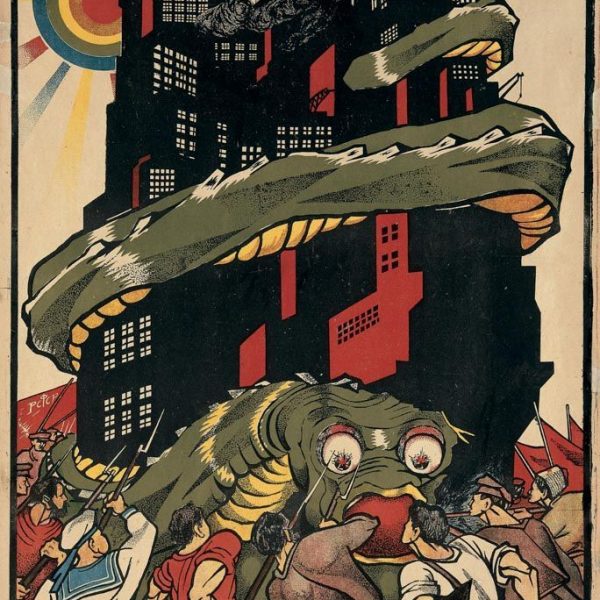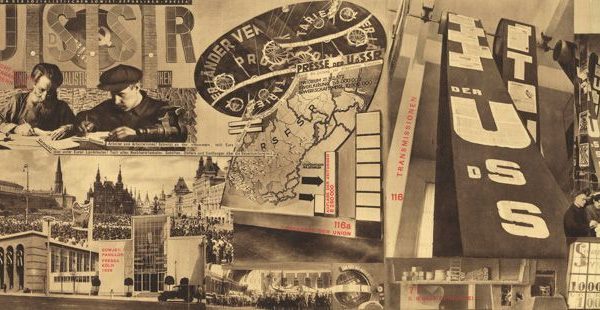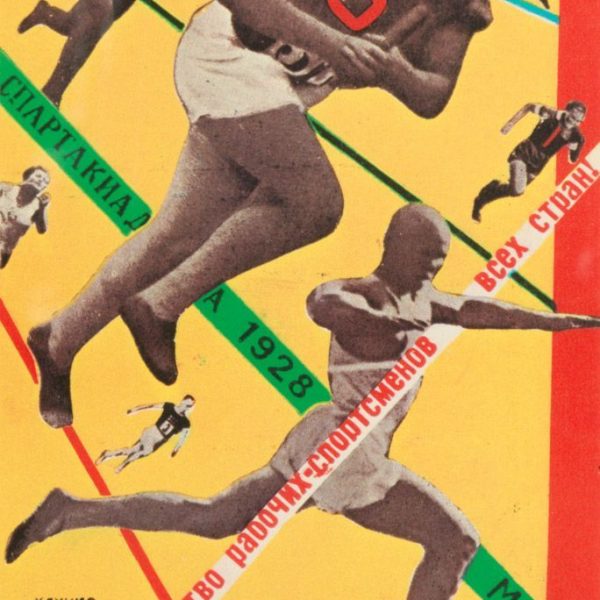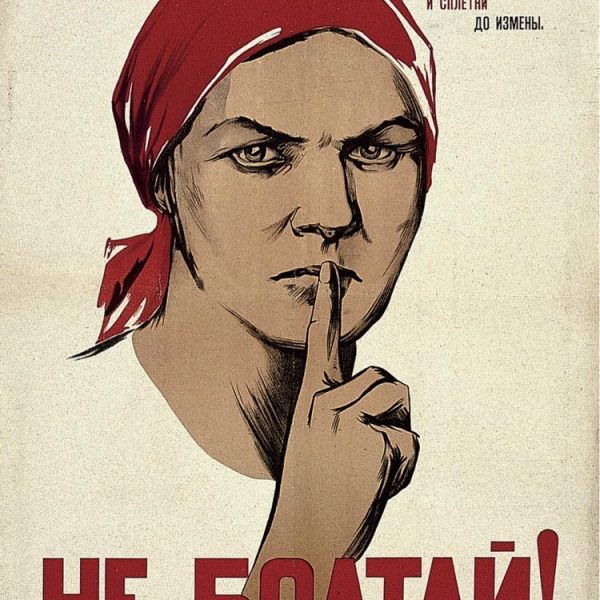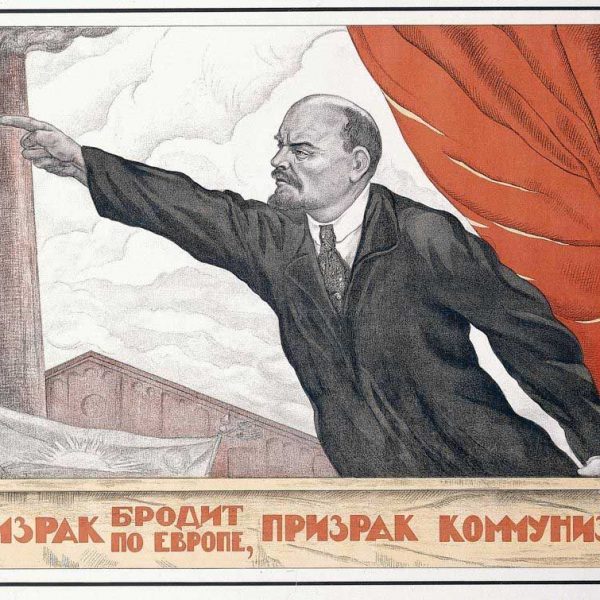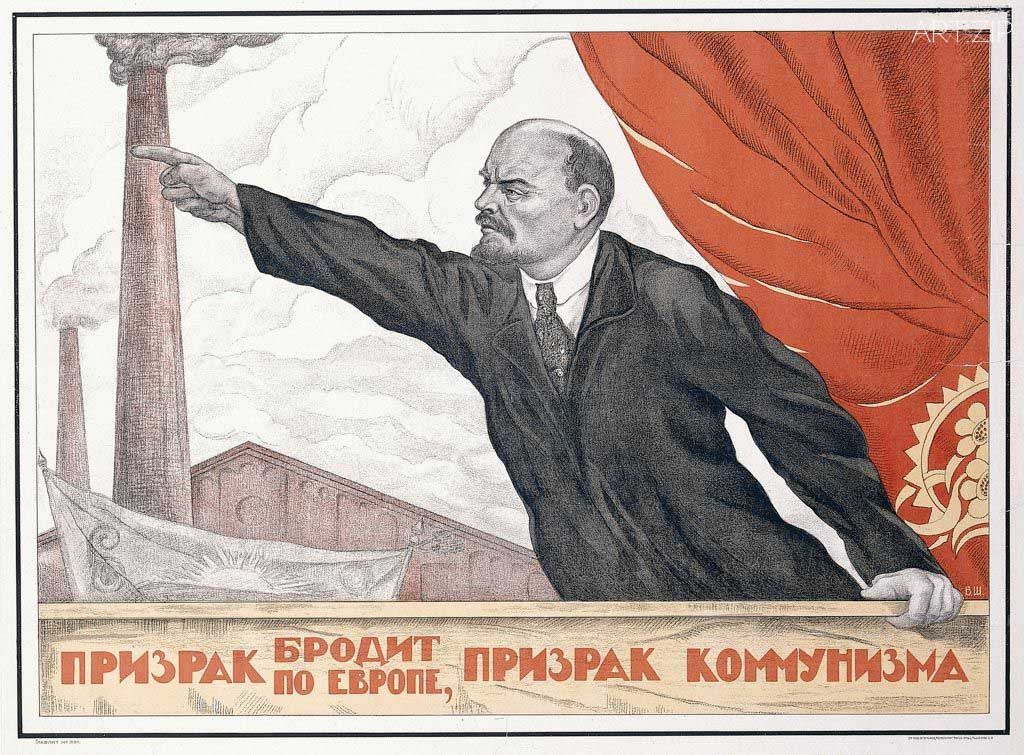
Tate Modern
8 November 2017 – 18 February 2018
To mark the centenary of the October Revolution, Tate Modern presents Red Star Over Russia: A Revolution in Visual Culture 1905–55. Drawn from the remarkable collection of the late graphic designer David King (1943 – 2016) the exhibition offers a visual history of Russia and the Soviet Union. From the overthrow of the last Tsar and the revolutionary uprisings of 1917, through to the struggles of the Civil War and Stalin’s campaign of terror, the show reveals how seismic political events led to the social transformation that inspired a wave of innovation in art and graphic design across the country.
Throughout his lifetime David King assembled one of the most comprehensive collections of Russian and Soviet material in the world, consisting of over a quarter of a million artefacts by famous and anonymous photographers, artists and designers. Featuring over 250 posters, paintings, photographs, books and ephemera, many on public display for the first time, Red Star Over Russia is a rare opportunity to explore this unique collection. It provides a chance to understand how life and art were transformed during a momentous period in modern world history, and see how artists such as El Lissitzky, Aleksandr Rodchenko and Nina Vatolina captured the revolutionary hopes of a nation in an extraordinary outpouring of visual material.
From 1905 to 1955 Russian and Soviet citizens struggled against the odds to build a new society. The exhibition explores how new popular art in the form of posters, periodicals, leaflets and banners informed, educated and entertained the people, filtering into the everyday lives of tens of millions of citizens. One of the new propaganda tools developed by the Bolsheviks was ‘agitprop trains’, which were decorated with vivid murals and travelled the country carrying public speakers, pamphlets, film shows and a printing press to disseminate the policies of the new government. Following the October Revolution, art was taken onto the streets in the form of street performances and pageants, monumental sculptures and propaganda posters, which were displayed on public squares, factories and inside people’s homes. The exhibition features striking examples of posters by artists such as Adolf Strakhov, Valentina Kulagina and Dmitrii Moor, whose depictions of heroic, industrial scenes and expressive use of typography captured the revolutionary fervour of the age.
A section of the exhibition explores the impact of the 1937 ‘Exposition Internationale des Arts et Techniques’ in Paris, which provided an international stage for the Soviet Union to promote the achievements of its art and culture. The magnificent centrepiece of the USSR Pavilion was a giant mural by Aleksandr Deineka which was destroyed when the exhibition ended. A highlight of Red Star Over Russia is the large-scale studies which formed the basis for this dramatic mural. In stark contrast, a further section of the exhibition is dedicated to the memory of the millions who perished in Stalin’s purges, uncovering some of the personal stories of figures erased from history. It includes poignant prison mugshots of the people who lived in tumultuous times, such as Lenin’s closest allies Lev Kamenev and Grigorii Zinoviev, both executed on false charges, and poster artist Gustav Klutsis, whose works adorned the cities squares long after his execution in 1938. Red Star Over Russia also reveals how images were manipulated during a period of widespread state censorship, as political figures were airbrushed from official photographs and images were montaged in order to celebrate the end of the Second World War.
Red Star Over Russia: A Revolution in Visual Culture 1905–55 is curated by Natalia Sidlina, Adjunct Research Curator, Russian Art, Tate Modern, supported by the V-A-C Foundation, and Matthew Gale, Head of Displays, Tate Modern, with Dina Akhmadeeva, Assistant Curator, Collections International Art, Tate Modern, supported by the V-A-C Foundation. The exhibition features work from The David King Collection at Tate, purchased 2016 with funds provided by Tate Members, a private donor, Tate International Council and Art Fund.
為紀念十月革命一百週年,《遍佈俄羅斯的紅星:視覺文化革命1905-55》在泰特現代美術館开幕。著名的大衛·金收藏為展覽提供了由知名或匿名藝術家創作的250張海報、油畫、照片與書籍,全方位呈現從沙皇被推翻、1917年起義到內戰和斯大林恐怖大清洗等俄羅斯政治社會變遷所引發的藝術新浪潮。
已故的平面設計師大衛·金建立了世界上最全面的俄羅斯和蘇聯收藏之一,其中三分之一的藏品出自著名和無名的攝影師、藝術家和設計師之手。《遍佈俄羅斯的紅星》中的許多作品更是首次展出,向公眾提供一個了解生活和藝術如何在經歷各個歷史事件時相互轉變的難得機會,觀眾還可以通過欣賞埃爾·利西茨基、亞歷山大·羅德琴科和妮娜·瓦托里娜等藝術家的創作,明白他們如何在非凡的視覺材料中捕捉一個民族的革命希望。
這次展覽探討了海報、期刊、宣傳單、招貼畫等新型流行藝術進入千萬人的日常生活,教育並娛樂他們的過程。從1905年到1955年,俄羅斯和蘇聯的公民們都在為建設新社會而戰,布爾什維克開發的宣傳工具之一是裝飾著生動壁畫和帶著擴音器、小冊子、電影表演和印刷品走訪全國的“生火車”,它們被專門用來傳播新政府的各種政策。十月革命之後,藝術便以露天表演、在公共廣場、工廠和民宅內展出的紀念雕塑和宣傳海報的形式被帶上街頭。在展覽中可以看到阿道夫·斯特拉霍夫,瓦倫蒂娜·庫拉金娜和德米特里·摩爾等藝術家創作的海報,其中英雄般的工業場景和運用表現手法的印刷方式清晰地展現了當時的革命熱情。
展覽的其中一個部分還討論了1937年在巴黎舉辦的“國際藝術博覽會”帶來的影響,因為它為蘇聯推動其藝術和文化提供了一個國際舞台。博覽會中蘇聯展館的核心是亞歷山大·迪內卡創作的巨幅壁畫,然而它在展覽結束時遭到毀壞,因此為這幅戲劇性的壁畫所進行的大規模研究成為本次展覽的一大亮點。與此形成鮮明對比的是,展覽的另一部分紀念了在斯大林清洗過程中死亡的數百萬人,揭露了一些在歷史中被抹去的人物故事。這裡展出了在動盪時期人們身處監獄的照片,例如被虛假指控判處死刑的列夫·加米涅夫和格里戈里·季諾維也夫,他們是列寧最親密的盟友;類似的還有海報藝術家古斯塔夫·克魯西斯,他在1938年被處決,但他的作品在這之後仍長期裝飾著城市廣場。《遍佈俄羅斯的紅星》還揭示了圖像在全國審查期間是如何被操縱的,以及為了慶祝第二次世界大戰的結束,圖像又是如何被修改的。
展覽場地:泰特現代美術館
展覽時間:2017年11月8日至2018年2月18日
更多信息:www.tate.org.uk


